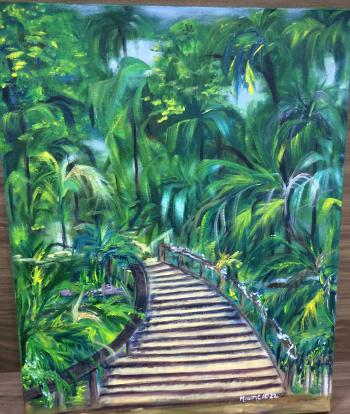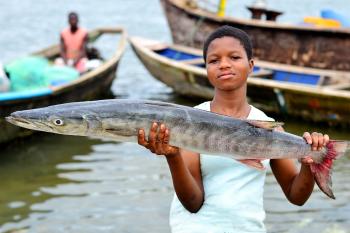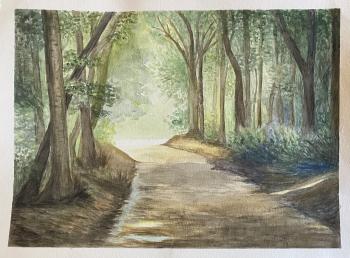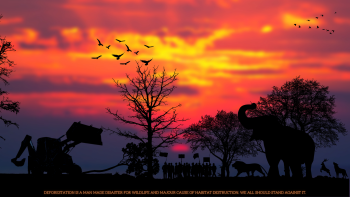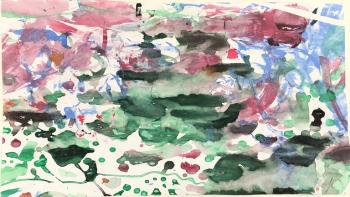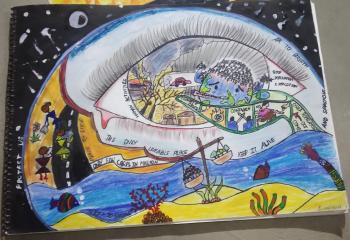RCE Youth Biodiversity Art Challenge Awardees
In 2022, the Global RCE Service Centre at the United Nations University Institute for the Advanced Study of Sustainability (UNU-IAS), in partnership with UNESCO, held the RCE Youth Biodiversity Art Challenge.
The Challenge put a spotlight on the species, habitats, and ecosystems that we need to work to protect, and asked participants to create works of art with a focus on SDG 14 (Life Below Water) or SDG 15 (Life on Land). Submissions were received across two categories (Animals & Plants and Habitats & Ecosystems), with 39 entries coming from 15 countries, from participants aged under 15 through to 35 years of age. Artworks were expressed through a range of mediums, including drawings, paintings, craft work, digital art, and photographs. Below are the awardees - congratulations to all!
Click on the 'Animals & Plants category' and 'Habitats & Ecosystems category' buttons below to see the winners within each category.

Click on each artwork below to see it displayed in full.



